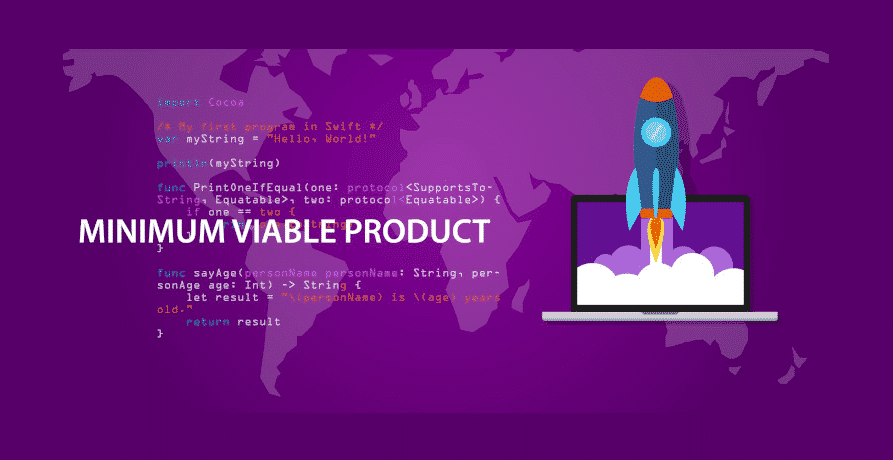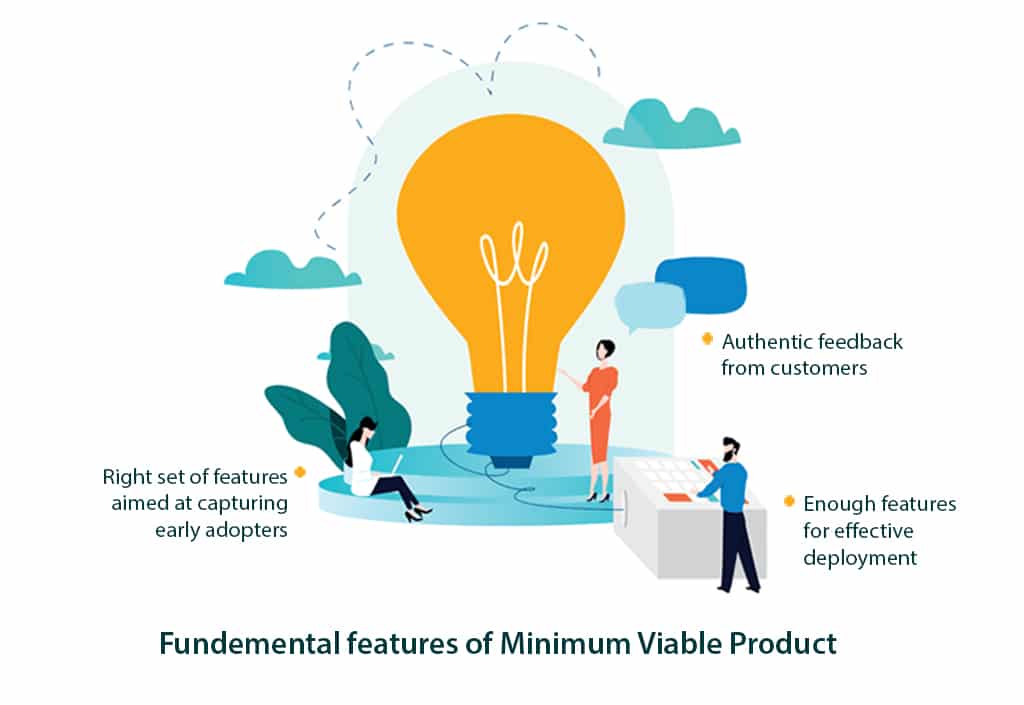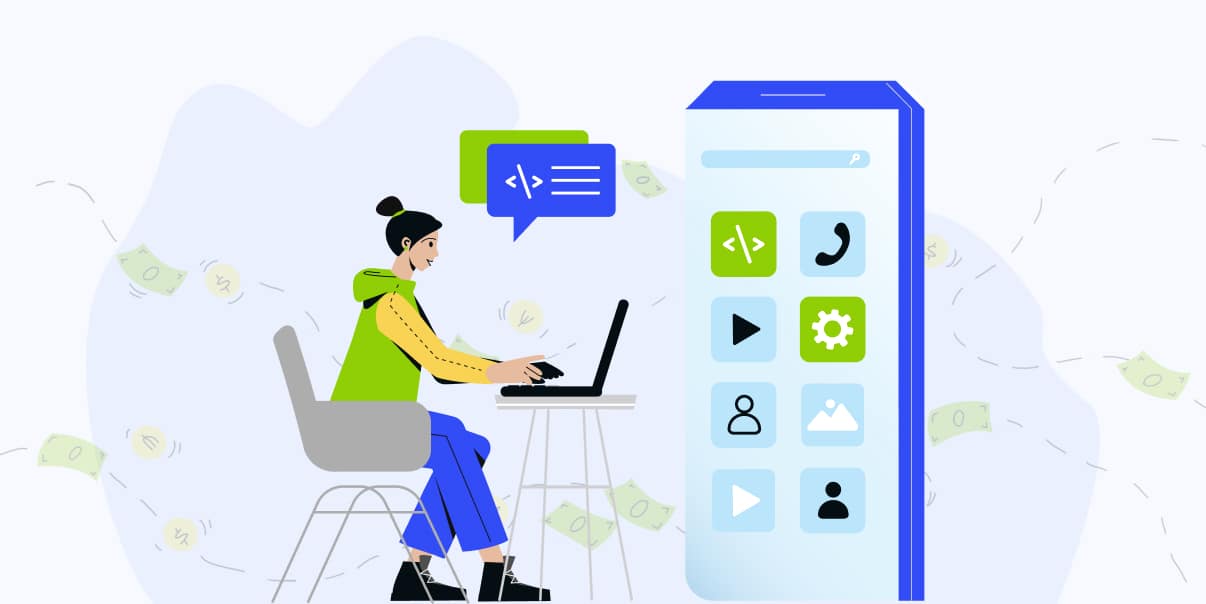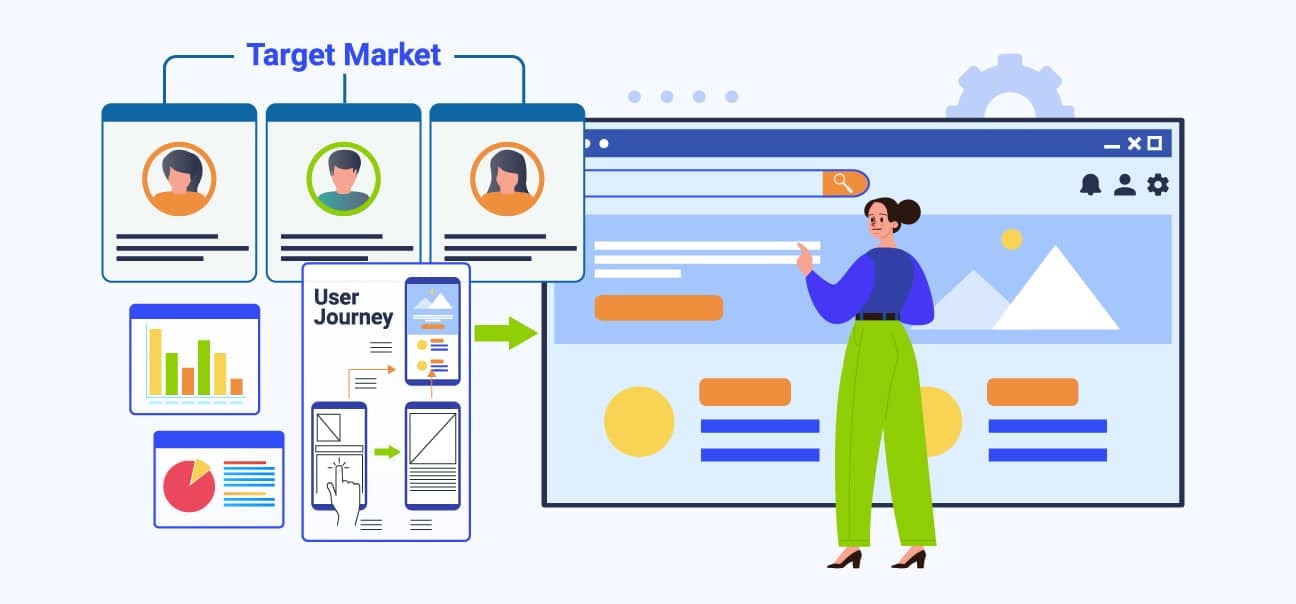Why a Minimum Viable Product is Critical to Your Startup Success

What is an MVP and Why Should I Care?
The term “minimum viable product” was first coined by the author and entrepreneur Eric Ries. An MVP is part of a lean startup approach to building software products.
Although different practitioners and promoters of the MVP concept offer varying definitions, there is consensus within the development community about a few fundamental aspects. In general, an MVP is:
- A product with just enough features for effective deployment
- A successful software product with the right set of features and solid core functionality to capture early adopters
- A version of the product used to collect feedback that is relevant and authentic user feedback from your customers
- “An MVP is a down payment on a larger vision.” – Johnny Holland
At its core, the MVP concept means that you should plan your roadmap and focus on delivering the very minimum necessary to have a viable product. Then, you should immediately get that product into the hands of real users so you can start obtaining feedback about how the solution is used and what additional features are necessary. This helps you avoid blowing your development costs and budget on your software development project by developing features few users actually want or need.
Deliver an MVP to your customers or internal/friendly users. Get real feedback, and validate your roadmap against that feedback. Keep iterating towards “product/market fit,” but with direction from the people who matter most—your audience.

Why an MVP is Important to You
By focusing on an initial launch of a minimum viable product, you give yourself the best chance of success. Here are just a few of the benefits.
- It allows you to actually complete the first iteration of the software development project. Sometimes, big/complicated products never actually get launched because their scope just gets bigger and bigger until the money runs out, or until the software project is abandoned altogether because people adopt a different (usually cheaper and more agile) solution.
- It allows you to test the market sooner. This helps improve your chances of success by testing and pivoting in the target market as needed before you spend all of your budgets.
- It provides the opportunity to get real users’ feedback early and often. You can use that feedback to improve your solution rather than guessing what users want and need.
- It gives you a faster path to product/market fit. The sooner you get to product/market fit, the sooner you can claim success.
- You can use it to validate your features and user interface early. Have you ever built a product, assumed you knew everything, and launched—only to discover that 30 percent of what you built wasn’t needed (or was just plain wrong)?
Once you have an MVP you can…
- Let your users help drive your roadmap and priorities
- Save time and money by building only those things your users want and will use
- Grow a base of early customers
- Prove you’re ready for investment (and do so early in the software development process)
Building for Those Who Share Your Vision
Perfection by subtraction, a concept espoused by entrepreneur Steve Blank, reinforces the idea that what you build must, at first, focus on a single problem with a solution that appeals to early adopters—and nothing more. However, the tendency among most organizations is to build large sets of features to try and satisfy the individual needs of a large cross-section of users.
That’s a “kitchen sink” philosophy that is guaranteed to cost more time and money than an MVP. For example, when applying MVP principles, it’s common to discover that features you first assumed were needed by all are actually not needed by any.
Trust your target audience of early adopters who share your long-term vision. They will appreciate the lack of clutter and fluff caused by extraneous new features. They’re not looking for a solution to world hunger, and they understand that an MVP is a short-term means to long-term goals.
Those goals include building interim products that effectively draw out useful customer feedback that drives continued software development in a virtuous cycle. MVPs are the first step in a cost-effective process for finding scalable, repeatable business models that often elude the majority of startups.
Kitchen Sink Thinking is Where Most Projects Die a Miserable Death
Software development projects that try to include everything that seems useful are wasteful. Typically, 30 to 40 percent of their features are unused or disliked by users. Those features typically have to be removed or changed, which means burning through more time and resources.
Business owners and entrepreneurs who are self-proclaimed perfectionists end up breaking budgets and timelines. Not only does this delay projects, but the negative impact it has on the budget can also start to result in ugly code being implemented into your solution as developers scramble to implement features before the money runs out.
In my experience, this is always the case when kitchen-sink thinking takes over the project. It’s the fastest way to fail.
Famous Companies and Products that Started as Minimum Viable Products
Chris Bank of Speckboy wrote a very informative article in which he defines how these companies got their start with a minimum viable product:
- Dropbox
- Airbnb
- Groupon
- Buffer
- Zappos
- Zynga
- Foursquare
- Spotify
- Pebble
It’s recommended reading if you’re wondering what “minimum” really means when it comes to MVPs.
An MVP is the Very Beginning, Not the End
- An MVP is just enough to get your early users using the product
- Once you have an MVP, continue driving down your prioritized roadmap
- Listen to users’ feedback and follow their lead.
- Adjust your roadmap if and when necessary.
Over 30 Percent of Software Product Features are Almost Never Used
You’re building a new product or software solution for your company. It’s a great idea, and you and your development team know what’s needed. Or at least you think you do.
We’ve been developing custom software projects for more than two decades, and every time we failed to focus on the MVP we later discovered that at least 30 percent of what we built wasn’t needed. This was always a waste of time and money that could have been avoided.
MVP Summary
Before we move on to whether building an MVP is the right approach for you, let’s list its prominent characteristics:
- MVP is a market testing paradigm for enabling cost-effective ongoing and future development
- MVP goes beyond prototyping but requires less effort than a beta-release model
- MVP may be saleable, but it is not your end product
- MVP aims to solicit authentic, actionable customer feedback
- MVP validates your business model relative to customers and competitors
- MVP is a vital component in developing and promoting your long-term vision
- MVP typically does not represent a mass-market-ready product
Need Help Defining and Building Your MVP?
We at BIT Studios have over 20 years of experience working with startups and enterprises. On projects from $50,000 to $8 Million.
We’ve seen our share of very successful projects and those that didn’t work out well due to the kitchen sink approach. Our UX First, Rapid Prototyping approach can help you to map out your MVP and have all stakeholders on board.
We’re always happy to chat when you’re ready.
We’re BIT Studios!
At BIT Studios we specialize in designing, building, shipping, and scaling beautiful, usable products with blazing-fast efficiency



